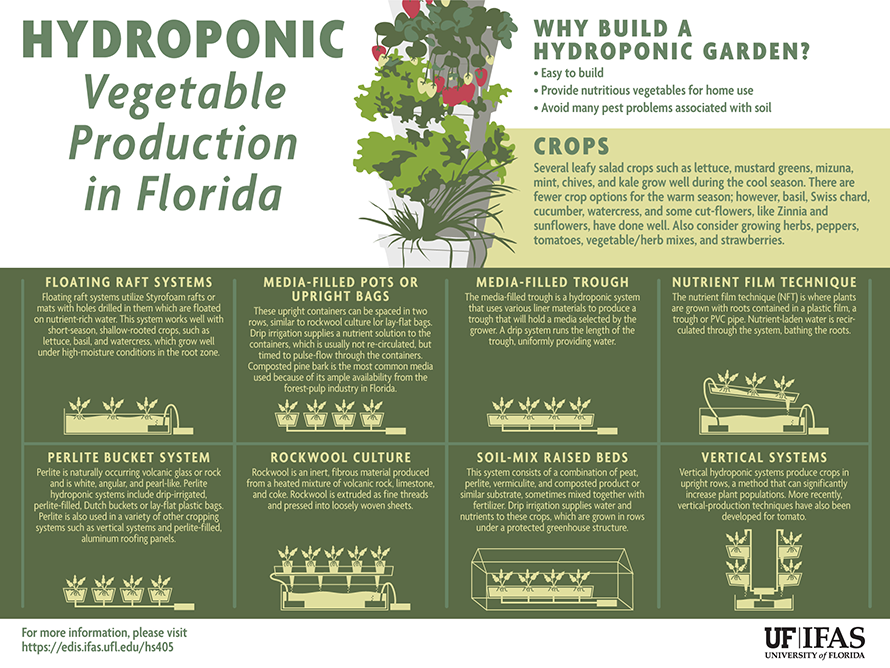Figuring Out The Right Time For Tree Removal - A Guide For Homeowners
Figuring Out The Right Time For Tree Removal - A Guide For Homeowners
Blog Article
Content Produce By-Merrill Bendixen
Trees add beauty and worth to residential property, but they can additionally posture a risk throughout extreme climate events. If a tree has actually quit expanding, is showing visible fungal growth, or has a leaning trunk, it needs to be eliminated by a professional to avoid building damages and injury.
To get more information, participate in a property owner source fair co-hosted by HPD, the Facility for New York City Neighborhoods, and Brooklyn-based housing partners this night in Bedford-Stuyvesant. The event will certainly include the Homeowner Manual, a new guide to help house owners browse the duties of having a home.
1. Dead or Perishing Branches
Trees are an integral part of your home's landscape, offering color and beauty. They also supply shelter for wildlife and create oxygen, yet even healthy trees can experience illness that may require their elimination. Dead or passing away trees aren't simply undesirable, they can be dangerous. Their branches can fall throughout a tornado, leading to pricey property damages and injuries.
When a tree's branches begin to pass away, it implies that its framework is beginning to break down. If the majority of its branches are dead, it is most likely time to remove it.
Seek a lack of new development, bark peeling, open injuries or cavities, fungis growing on the trunk or origins and a general appearance of degeneration in the whole canopy. These indicators of infection can suggest a serious problem that will certainly need professional tree solutions to solve.
2. Leaning Trunk
While it's typical for trees to lean every so often as a result of phototropism, if a tree has an unsafe or severe lean that's not as a result of natural processes - it could be a sign that the tree needs to be eliminated. If the tree is leaning toward a high-voltage line, home, car, play structure or any other location that could be harmful to individuals if it drops, then calling an expert tree service for elimination ought to be a top concern.
It's additionally vital to watch for any type of sudden changes in a tree's leaning as it can show damage to the roots or trunk that may cause falling. This is especially real during stormy weather, given that high winds and rain-soaked soil can create a lean to alter rapidly. Normal surveillance, particularly throughout and after tornados can aid homeowners acknowledge possible problems with their trees so they can call an arborist for a complete examination.
3. Bug Problem
Some pest infestations, such as wood-boring insects like emerald ash borer or sap-suckers like scale insects, are so serious that they can trigger a tree to die. https://docs.google.com/spreadsheets/d/1Y1lmL6KYVgYoAGN9Rga_FW2WzsWL6F65En6o39aUBHM/edit?gid=564720358#gid=564720358 to avoid pest invasion is to check your trees regularly. Try to find spots, openings, or discolorations in the leaves and bark. Check out the trunk for fractures and indicators of insect damage, such as passages or tracks.
If a tree becomes too plagued with parasites, or is close to a home or high-voltage line, an arborist may advise removal. If a leaning tree develops a new, unstable lean, an arborist will likely advise removal as well to guarantee the safety of people and residential property. If a weakened or dead tree continuously sheds excessive branches, it is a sign that it is time to eliminate the tree. If a tree continues to lose branches for an extended period of time, it can result in structural problems and possible residential property damages.
4. Damaged Trunk
Trees are a lovely and integral part of our landscape, but they do require regular care to maintain them healthy and secure. If a tree is damaged irreparable it is most likely time for it to find down.
Look for signs of damages to the trunk, including upright splits, joints, dead branch stubs, visible wounds or open cavities and severe tree-rot. The presence of fungi at the base of the trunk is another advising indicator. https://martinsvillebulletin.com/lifestyles/home-and-garden/residents-come-up-with-elaborate-ideas-that-dot-landscapes-around-martinsville-and-henry-county/article_3abae732-0b62-5f53-8430-246478099413.html may show that the phloem and xylem (life-support tissues) are compromised, permitting the spread of disease or a future failure.
Likewise, take into consideration whether the tree has quit expanding. Healthy and balanced trees will have brand-new development yearly, which may show up as buds or branches sprouting and expanding. If you do not see any new growth, it's a great concept to have an arborist review the tree and follow their referral for elimination. A dying or harmed tree can fall and trigger home damage.